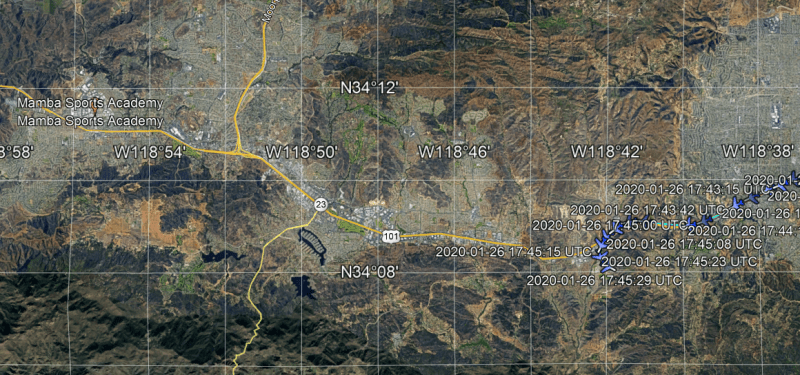MacGyverS2000
Electrical
- Dec 22, 2003
- 8,504
Anyone heard any technical details on the cause yet?
Dan - Owner

Dan - Owner

Follow along with the video below to see how to install our site as a web app on your home screen.
Note: This feature may not be available in some browsers.


Graveyard spiral wiki said:The graveyard spiral is associated with a return to level flight following an intentional or unintentional prolonged bank turn. For example, a pilot who enters a banking turn to the left will initially have a sensation of a turn in the same direction. If the left turn continues (~20 seconds or more), the pilot will experience the sensation that the airplane is no longer turning to the left. At this point, if the pilot attempts to level the wings this action will produce a sensation that the airplane is turning and banking in the opposite direction (to the right), a sensation commonly known as "the leans". If the pilot believes the illusion of a right turn (which can be very compelling), he/she will re-enter the original left turn in an attempt to counteract the sensation of a right turn. If the pilot fails to recognize the illusion and does not level the wings, the airplane will continue turning left and losing altitude.[5] Because an aircraft tends to lose altitude in turns unless the pilot compensates for the loss in lift, the pilot may notice a loss of altitude. The absence of any sensation of turning creates the illusion of being in a level descent. The pilot may pull back on the controls in an attempt to climb or stop the descent. This action tightens the spiral and increases the loss of altitude.[6]
The solution, of course, is for the pilot to consciously override the brain's imperative to judge physical altitude on the basis of signals from the vestibular, and rely solely on the visual cues of horizon or of altitude instruments in the airplane, until the brain once again adjusts, and vestibular sensory input agrees with visual input.
See also

Wikipedia said:The solution, of course, is for the pilot to consciously override the brain's imperative to judge physical altitude on the basis of signals from the vestibular, and rely solely on the visual cues of horizon or of altitude instruments in the airplane, until the brain once again adjusts, and vestibular sensory input agrees with visual input.

